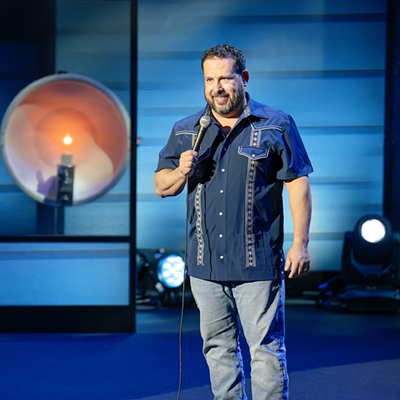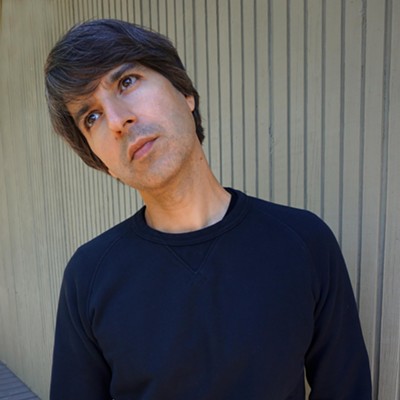Greg Evans was a translator, disgruntled by the ascent of the rich into more wealth while many faltered.
Mary DeCamp was a mayoral candidate on the Green Party ticket who had been employed since the age of 12. When hit with unexpected medical bills, she faced foreclosure on her home.
Billy Lolos knew there was a lot wrong with the world, from the changes in the environment to the seemingly infinite amounts of money poured into political campaigns. But the advertising salesman kept his head in the sand until Oct. 15, 2011—the public birth of the Occupy Tucson movement.
Now, a year later, on Sunday, Oct. 14, Occupiers are reuniting at De Anza Park to celebrate their progress.
"This is an opportunity, like a family reunion, to bring everybody back together," DeCamp said.
The planning for the anniversary began about three months ago. "It's to remind us of the amount of energy and enthusiasm we had a year ago," Evans said. "We are here to stay, and we'll be around in the future."
The welcome tent will be up by 9 a.m., and the day's highlights include an open-mic, a potluck dinner, a catfish fry and musical performances.
The Tucson Raging Grannies will bring their unique brand of geriatric musical political protest to the stage at 1 p.m. In the past, they've sung parodied renditions of classic patriotic songs, like "God Help America" to the tune of "God Bless America."
The General Assembly will begin at 3 p.m., and the day will conclude with the screening of an outdoor movie at 7 p.m.
The event is open to Occupy veterans and newcomers alike, for however long they can attend.
"It's a very open group to become a part of," said Evans.
The Occupy Tucson movement started at Armory Park last October, just one month after the beginning of Occupy Wall Street.
"Occupy Wall Street was the Lexington and Concord of the movement—they fired the shots heard 'round the world," Lolos said.
The General Assembly meetings gave everyone a chance to speak out, and no one had a title. The members of Occupy Tucson called this a "direct-democracy" system.
At one point, more than 100 people were camped out in the park. Nationally, the number of individual Occupy movements reached 600, according to Lolos, who spent the summer touring various movements, from New York to Florida.
The Tucson Police Department evicted Occupiers from Armory Park in November, and members reopened their encampment at downtown's Veinte de Agosto Park. Participants came from all walks of life, but all faced the same conditions at the park—living out of tents. As the movement established itself, a portion of the homeless joined in.
"It was eye-opening to see what our homeless population faces, (including) a lack of public restrooms and facilities," DeCamp said.
Occupiers who camped out in the park were subject to fines and citations. DeCamp said that during her time with the movement, she received 37 citations and went to jail three times. Several of the citations are still making their way through the court system.
DeCamp, who noted that she had "never been in trouble with the law in my life," said Occupy became "another avenue for me to work for the common good." Lining up to receive a citation while someone played a violin nearby was one of her most-poignant memories of the movement, she said.
Occupiers lent their voices and bodies to several other political movements. For example, when marchers protested the Tucson Unified School District's decision to end the Mexican-American studies program, Occupy joined in.
Occupy Tucson's final encampment was in De Anza Park. After they were booted from there by police in March, members of the movement migrated indoors.
"We do have the office; it's all we are occupying right now," Evans said.
The office, at the Historic Y, 738 N. Fifth Ave., is staffed from 9 a.m. to 5 p.m., weekdays, and is the scene of daily meetings. From 12 to 20 people—among a core group of about 80 activists—usually attend the meetings, DeCamp said.
"We are not winding down," she said. "We are just trying to adjust to what will be the most effective."
Activists are pitching ideas for a cable program, another encampment and other activities, Evans said.
"The first year of Occupy is an awakening," Lolos said. "Year two has got to be about remedies."







